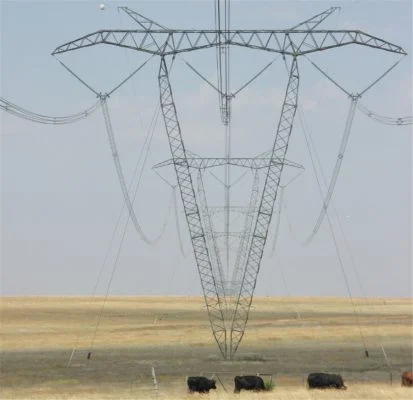South Africa’s biggest labor group staged a nationwide protest against job losses Wednesday, the latest setback for an economy reeling from four days of rolling power cuts. The rand fell the most against the dollar among major currencies.
The double blow comes at a terrible time for President Cyril Ramaphosa, who is gearing up to contest elections in May, is seeking to lure $100 billion in new investment and is trying to retain the nation’s sole investment-grade credit rating. The stayaway was called by the 1.6-million-member Congress of South African Trade Unions, which backs the ruling African National Congress.
The fiasco at Eskom is highly damaging for the ANC ahead of the election
Workers at embattled power utility Eskom Holdings SOC Ltd., which produces more than 90 percent of the nation’s power and has been unable to meet demand after several of its generating units tripped, were expected to be among those on strike, along with civil servants, miners and construction workers.
The rand weakened more than 1 percent against the dollar on Wednesday in Johannesburg, the most among major and emerging-market currencies tracked by Bloomberg. That added to a 1.4 percent decline on Monday, when Moody’s Investors Service said the plan to fix Eskom falls short.
Eskom ‘fiasco’
“The fiasco at Eskom is highly damaging for the ANC ahead of the election,” Ben Payton, head of Africa for Verisk Maplecroft, said in a note. “The power supply is almost certain to remain unreliable for the next several years at least. There is every chance that the situation will get worse before it gets better.”
The unions, which complain that the government isn’t doing enough to tackle a 27 percent unemployment rate, are planning a second protest in Cape Town on Feb. 19, a day before Finance Minister Tito Mboweni presents the national budget.Every 5 percent of electricity production taken off the grid can reduce gross domestic product growth by as much as 0.5 percentage points, he said.
Ramaphosa, who succeeded Zuma a year ago, announced proposals last week to rescue the utility. They include splitting it into three businesses under a state holding company and giving it financial assistance, with details to be announced in the budget. The decision to break up the utility angered Cosatu as it fears it will lead to job losses and privatization.
The ANC has won every election since the end of apartheid in 1994, but losing the support of the unions could put its campaign to keep its majority at risk. The party’s support fell to a record low of 54 percent in a municipal vote in 2016.
Crisis point
The government will announce more measures to address challenges at the company on Thursday, Ramaphosa said in an interview with broadcaster eNCA. He led a cabinet meeting on Wednesday and is due to give a speech in parliament at 2 p.m. local time. Those proposals would be separate to the detail on financial support expected next week, he said.
While South Africa has suffered electricity shortages for more than a decade, the utility is at a crisis point and is seen as the biggest threat to the economy.
Eskom expects to report a loss of about 20 billion rand ($1.45 billion) for the year through March, has racked up 420 billion rand of debt and isn’t generating enough cash to service that debt and cover its operating expenses. The Department of Public Enterprises warned in a report to lawmakers that the utility is “technically insolvent and will cease to exist at current trajectory by April 2019.”
The blackouts this week, which the utility implemented to prevent the collapse of the national grid and have shuttered businesses and caused traffic snarl-ups, are the consequence of construction problems at two new plants and years of deferred maintenance.
An Eskom request that the government take over 100 billion rand of its debt would put the nation at risk of further credit-rating downgrades if a proper turnaround plan isn’t put in place, according to Goolam Ballim, chief economist at Standard Bank Group Ltd.
Every 5 percent of electricity production taken off the grid can reduce gross domestic product growth by as much as 0.5 percentage points, he said.
Cosatu was still assessing the response to the strike call, but initial estimates are that it was heeded by at least 80,000 workers, with the mining and manufacturing industries the hardest hit, spokesman Sizwe Pamla said by phone. The Minerals Council of South Africa, which represents the nation’s biggest mining companies, said it was still waiting for feedback from its members.
Highlights of Public Enterprises Department’s Eskom report
The poor quality of maintenance at power plants is largely due to bad workmanship, with 40 percent of plant breakdowns attributable to human error. The plants are on average about 37 years old and essential mid-life refurbishments weren’t implemented. The utility faces ongoing coal shortages due to poor management and lack of investment in mines. The cost of Eskom’s new Medupi and Kusile coal-fired plants has ballooned to more than 300 billion rand, up from an original projection of 109.6 billion rand, and they have proved unreliable since being commissioned. The utility’s recovery plans include rebuilding coal stockpiles to appropriate levels, fixing Medupi and Kusile, and making a number of key appointments to critical positions.
Bloomberg News





